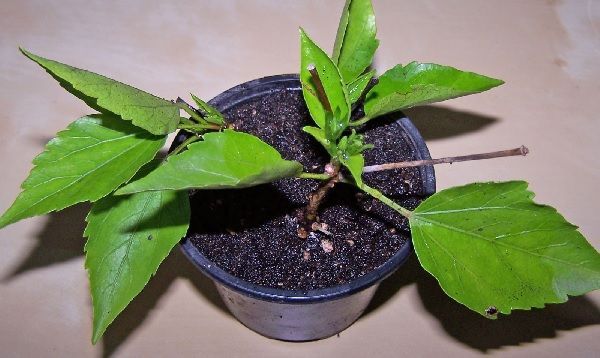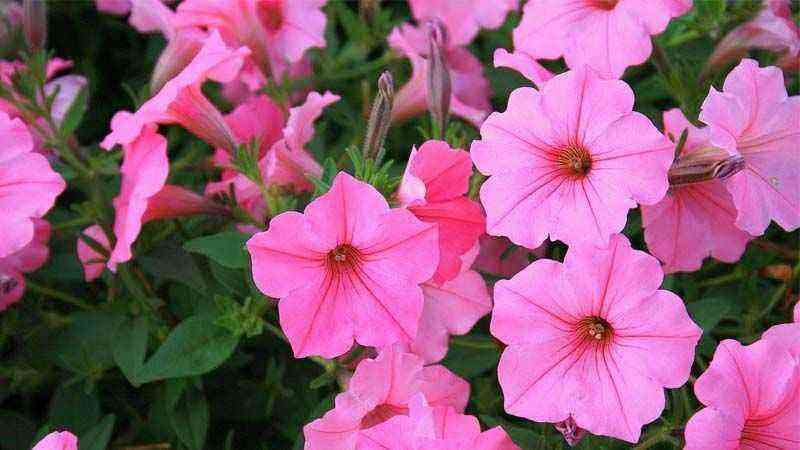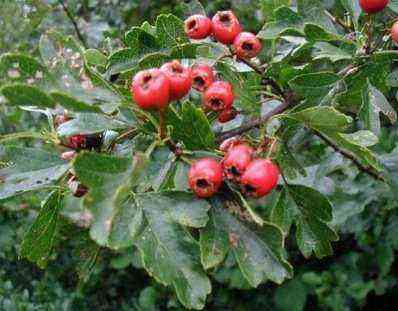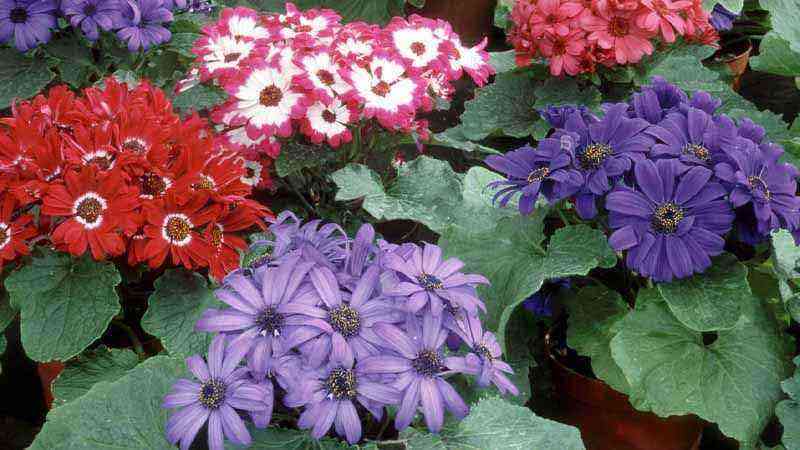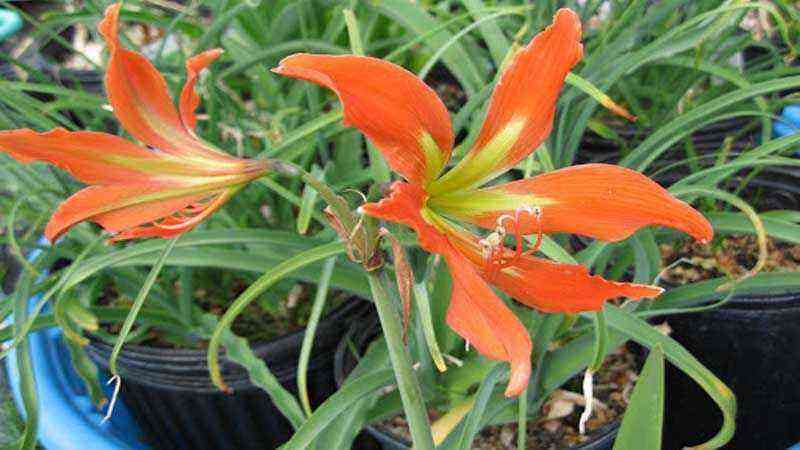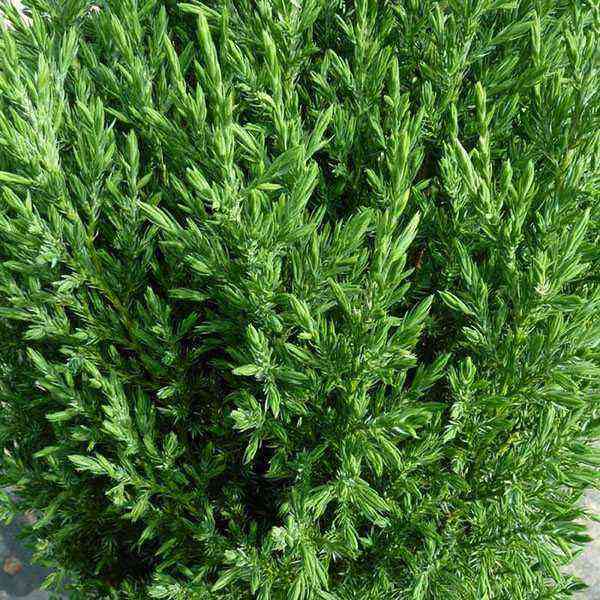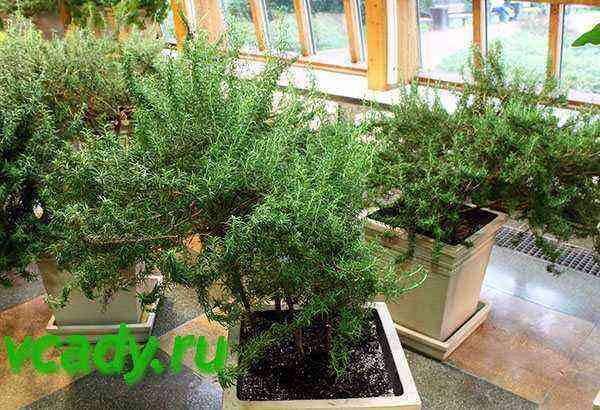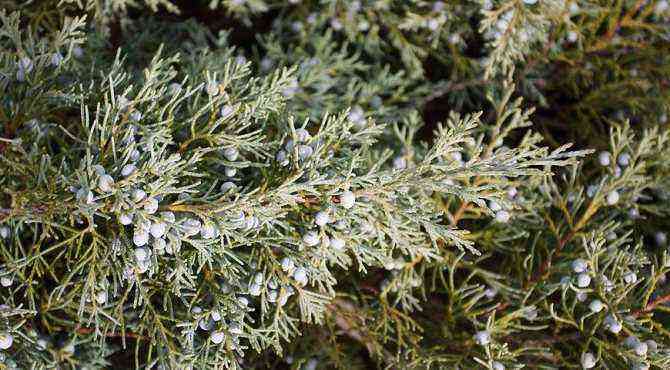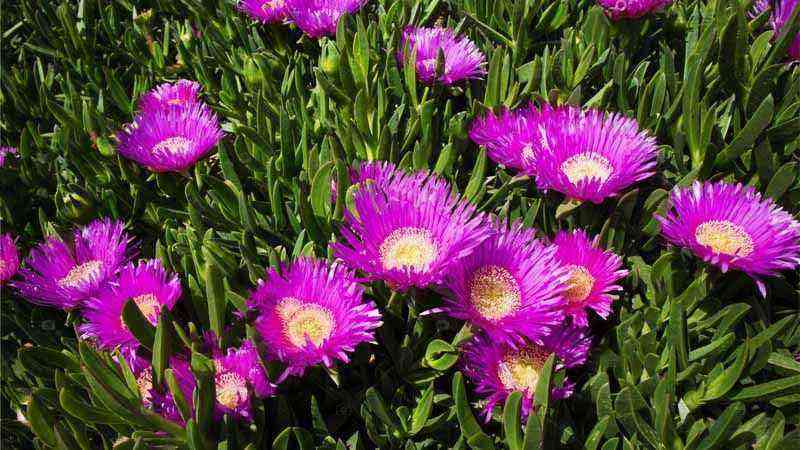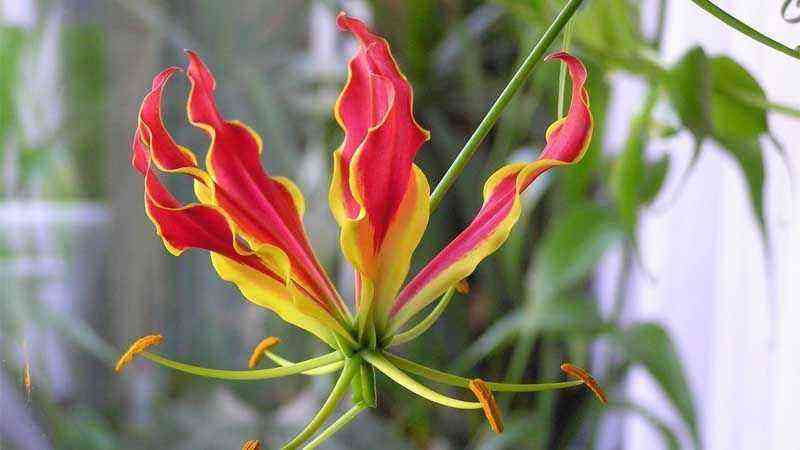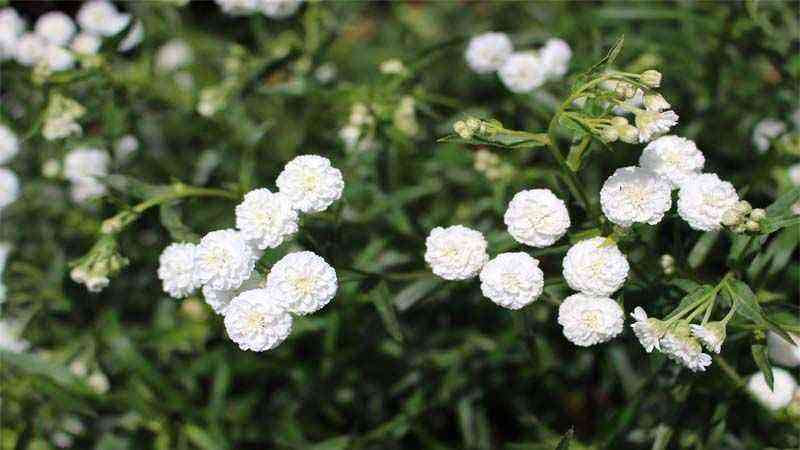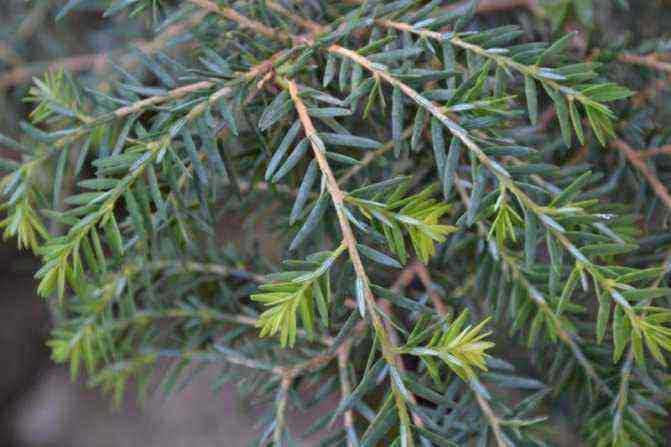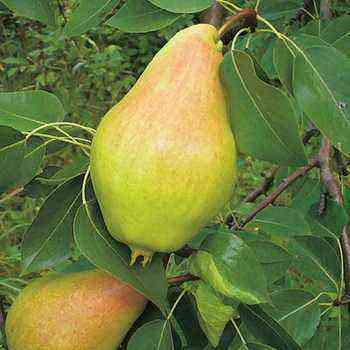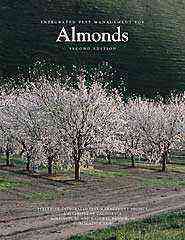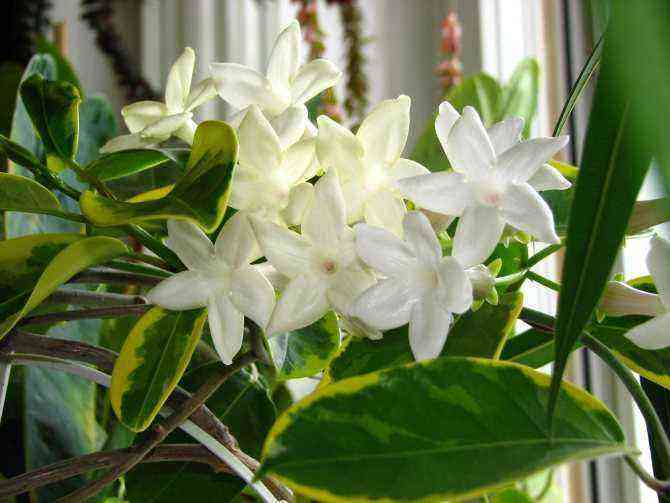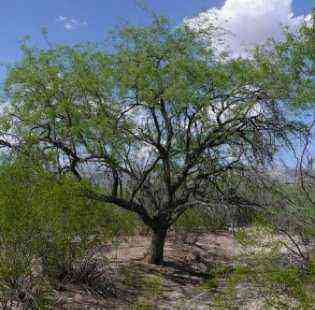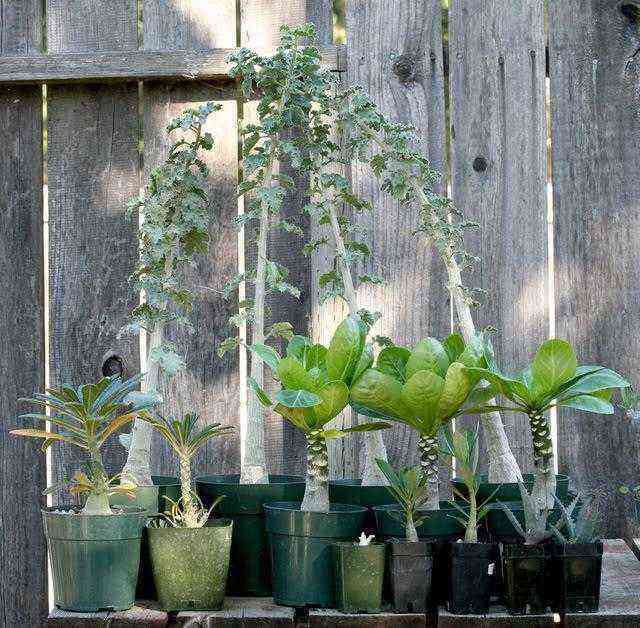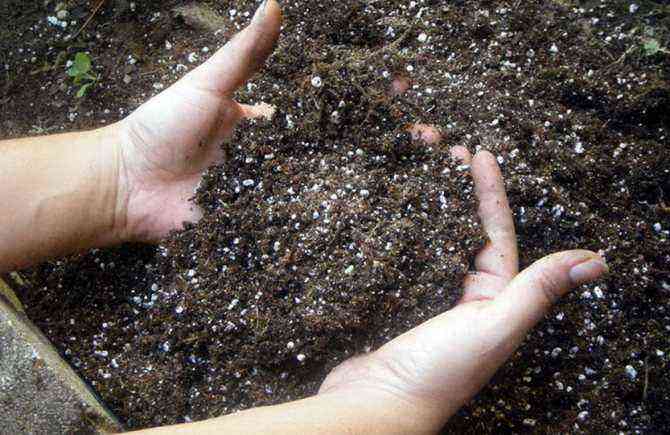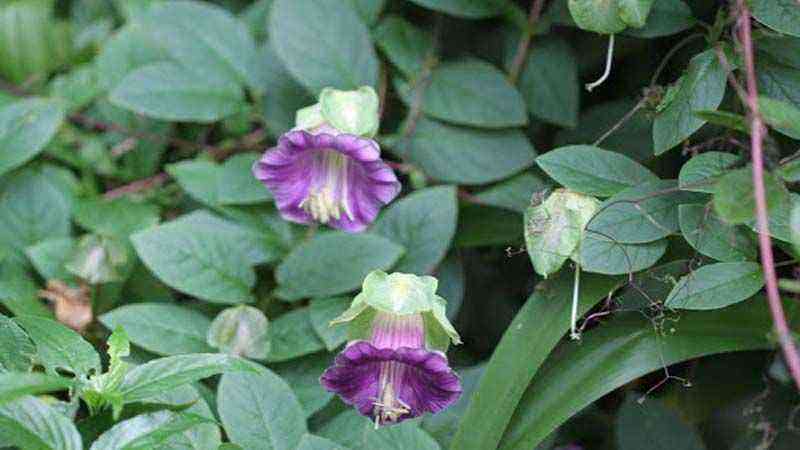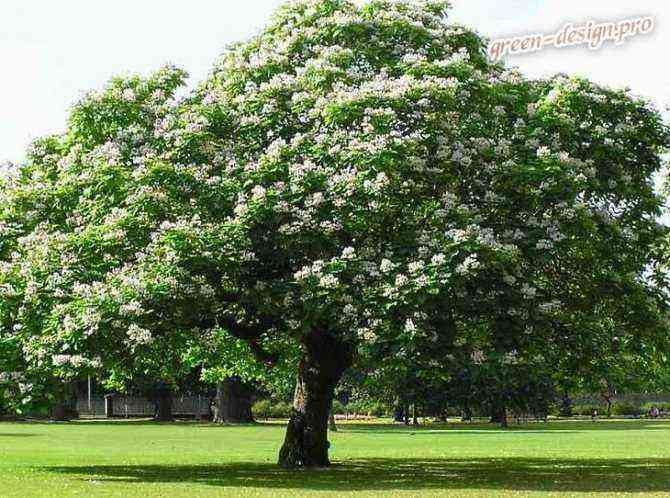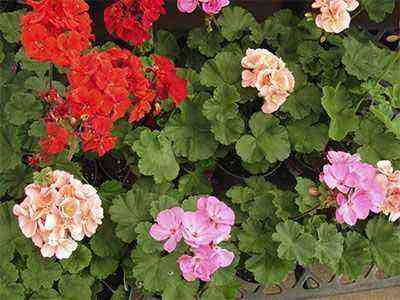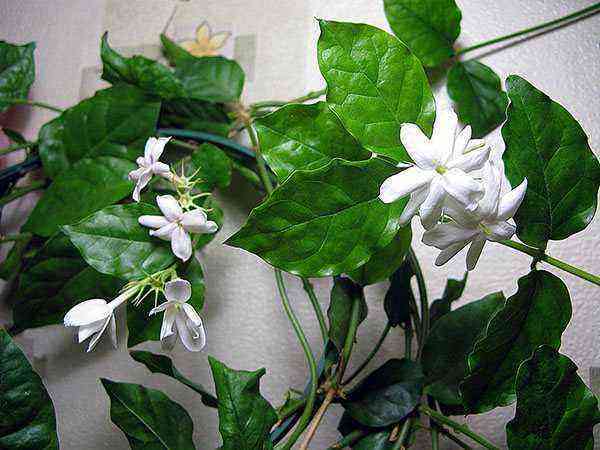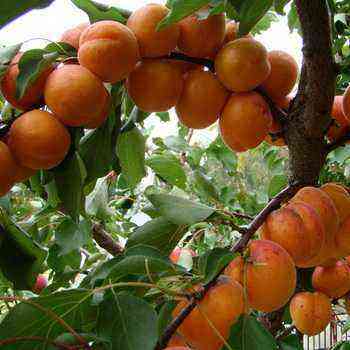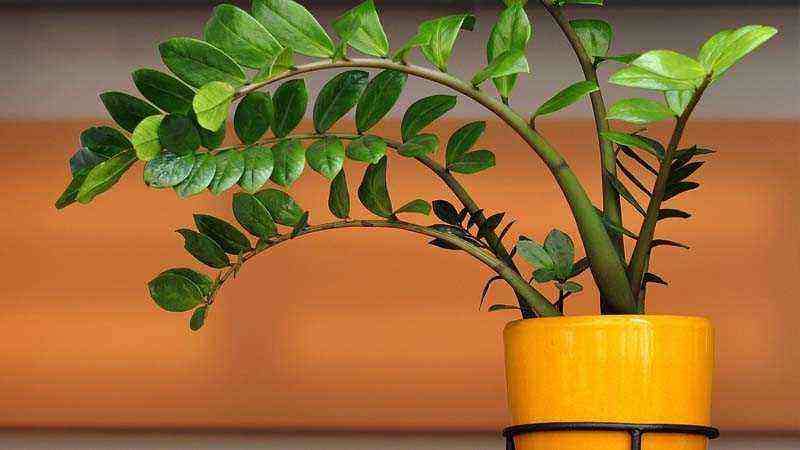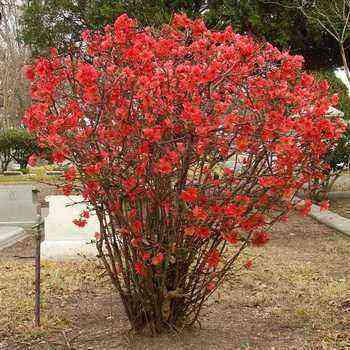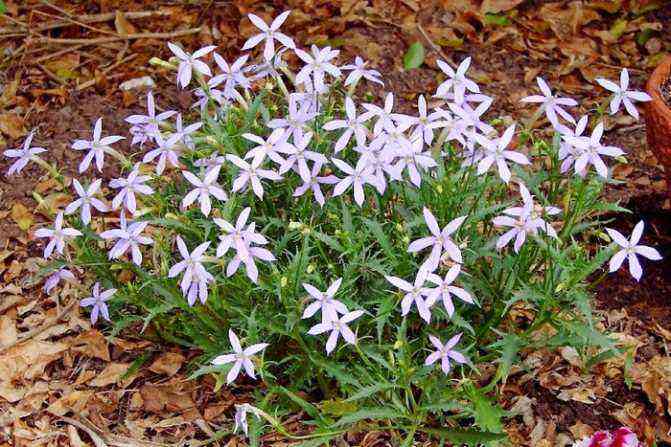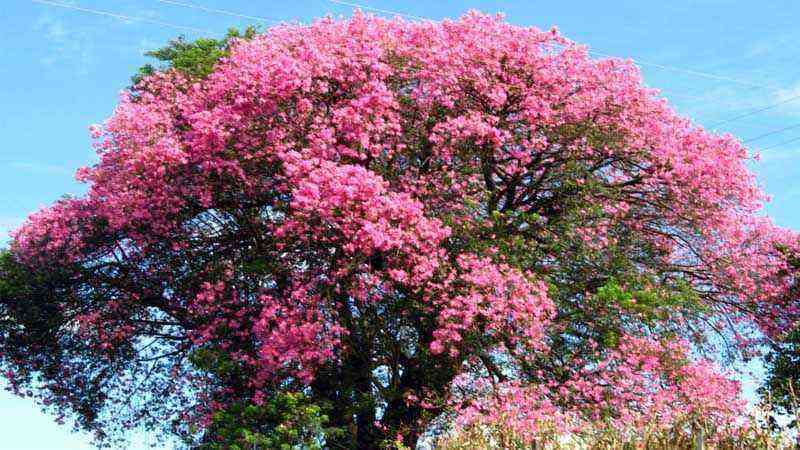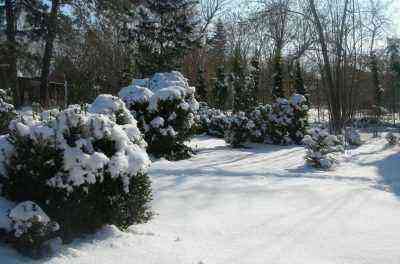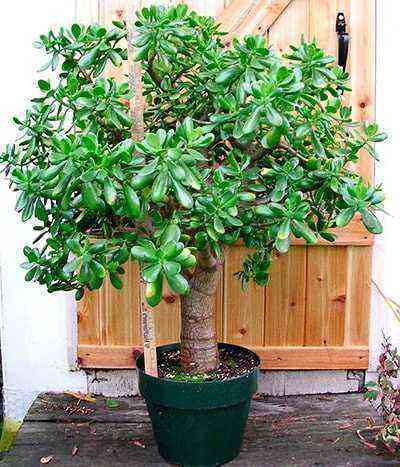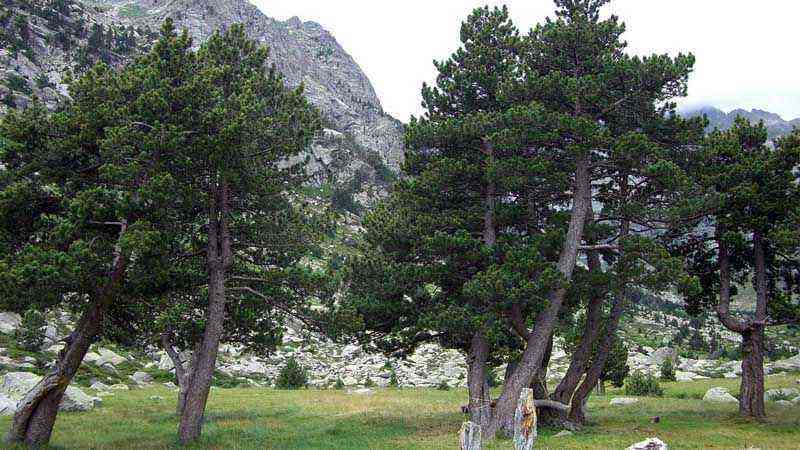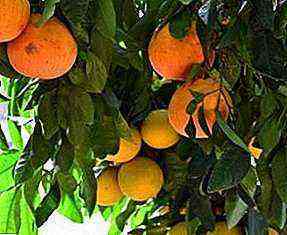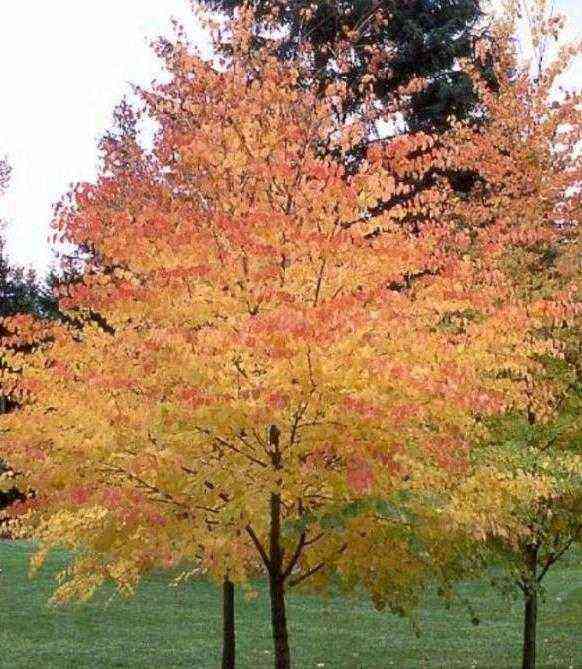An easy way to grow hibiscus (Hibiscus rosa-sinensis)
Surely you remember when we did the article on the Syrian rose, the national flower of South Korea. Today is the turn of a first cousin, the China rose. It is known as hibiscus or Cardinals and it is a very showy plant. We are going to tell you the fundamental parts that we must know about its cultivation, to take it to its maximum splendor.
One thing we have learned from our side is that it is the national flower of Malaysia. However, it is also the city of Barranquilla, Colombia, hence its peculiar name.
This plant is native to Asian continent and belongs to the Malvaceae family. It presents large flowers with a variety of colors (white, pink, reddish, yellow, etc.) that curiously they lack odor.
Two things mainly define the hibiscus cultivation or China rose, irrigation and fertilizer. It prefers the typical tropical climates of its origin (with a continuous flowering throughout the year), but it has also gradually adapted to continental climates. Let’s look at it carefully.
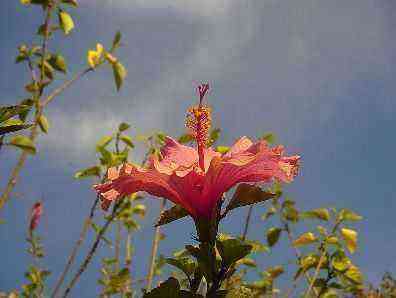
Hibiscus rosa-sinensis
Author: Manfred Morgner
The climate in the cultivation of the hibiscus or rose of China
Even if you don’t live in a tropical climate With constantly high temperatures, at a minimum you need a sunny climate, away from frost or cold winds. If you are not able to provide such a climate of warm temperatures, all is not lost.
You can grow it as houseplant, providing enough lighting and humidity.
Cold winters are very bad for him. We are talking about a plant used to winter temperatures of 14-15 ºC (degree below, degree above). Any frost or low temperature will will cause cold damage that will sprout over time.
Soil characteristics
Given its condition as a tropical plant, it requires a fertile soil and with good humidity.
Although we will comment on the characteristics of the subscriber later, we must ensure that our hibiscus grows in a soil with a good capacity for organic matter, with humidity and with good drainage.
This triple combo of drainage, organic matter and moisture conservation is closely linked to soil fertility.
It can be interesting, especially in hot environments, to have a wood chip padding, organic matter or circular stones around the trunk of the hibiscus.
The importance of irrigation and fertilizer
The hibiscus is a plant that demands good humidity conditions constantly. Especially in summer, when the temperature rises. Of course, we should never go overboard and flood the substrate. In short, you have to be generous with watering, especially when temperatures are high.
To put a figure, we will water between 2 and 3 days a week in hot periods (spring and summer) and once a week when cold. A 1 L / h dripper will suffice.
Speaking of subscriber, it also requests that the soil where it grows has good levels of organic matter.
To maintain a fertile soil as required by the hibiscus, you must periodically add organic matter or complete fertilizers, being generous especially from its budding.
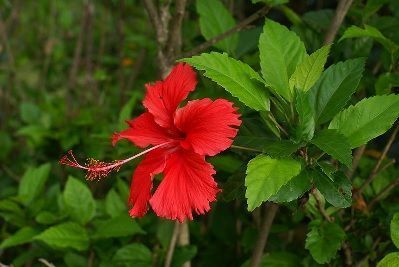
Author: B.navez
Just in the time of greatest growth of the hibiscus, in the spring and summer months, we can provide, in addition to the corresponding organic matter, a slow-release granular fertilizer.
An example of what it could be is a NPK 10-5-20 or similar, containing some magnesium and micronutrients to prevent iron chlororis.
Regarding the dose, it is applied between 40 and 60 grams per foot, repeating the operation after a month or month and a half.
Can the hibiscus be multiplied?
In spring or early summer you can practice a cutted on its stems. For this we need the cutting to be in an area with good humidity and temperature. We can use a small greenhouse for this or grow it in a pot inside our house.
Besides, we can also get new varieties of hibiscus through their seeds. They are left to dry for a few weeks (2 at the most) and a small scarification is made that consists of making a small opening in the most rounded part of the seed with a cutter or scalpel.
Steps to multiply it by cuttings
As an important part in the beginning, we need to look for a good stem of a healthy hibiscus less than 1 cm in diameter, with a length of between 10 and 14 cm. We will keep 2 or 3 final sheets and we will eliminate the rest, if there are any.
One of the best times to do the cutting on the hibiscus plant It is when there is more movement of sap, which will be in spring.
On a pot or container, we will choose a substrate that has coconut fiber to favor the conservation of humidity. We will place the cutting by introducing it, at least, 5 cm deep.
A constant light humidity it is ideal for stimulating the emergence of new roots and absorbent hairs. An excess of water can rot the cutting and the operation will be ruined.
In a protected environment, such as indoors, a small watering every 3 or 4 days will be enough to conserve moisture.
A lot of patience and help yourself with rooting stimulants (rhizocalin, auxins, etc.) from the first roots.
Medicinal properties of Chinese rose
Although it is a plant that offers ornamental benefits to grow in the garden, it also gives us the range of being able to take advantage of its medicinal properties.
Chinese rose is often used to relieve certain symptoms in traditional Chinese medicine and Siddha medicine (traditional Indian medicine).
We are going to know some of the positive effects of the Chinese flower or hibiscus.
Urinary diseases Usually 8 to 10 flowers are used for every liter and a half of water. It is boiled and left to rest, being able to take up to 3 cups a day. In addition, it prevents fluid retention as it offers diuretic properties.
Cough reduction. The essential oils contained in Chinese rose offer an effective reliever to control acute coughs in times of illness.
Decongestant. Hibiscus tea is effective as a relief after heavy meals, improving digestion and reducing flatulence.
Dermatological properties. The extract of China rose leaves, crushed with a mortar and applied to the face or skin, helps to reduce pores on the face and improves skin hydration. Its application is also recommended in the case of eczema or an allergy condition.
Chemical composition of hibiscus or china rose
All these properties mentioned above are due to the mixture and concentration of different components. Among them are anthocyanins and flavonoids, alkaloids, cyanides, riboflavin, thiamines, vitamins, beta-caronets, quercetins, citric acid (vitamin C) and other essential oils.
These compounds have been studied in different investigations and presented in reputable medical trials and studies, advising their medicinal use in addition to current medicines.
Among them, there are a large number of investigations where they mention the contraceptive power of the leaves and flowers of the Chinese rose.
It is used as a temporary contraceptive, which stops working the moment we stop taking it, like other hormonal-type contraceptive pills.
Therefore, it is vital do not consume hibiscus if we are looking for pregnancy or we are in the process. When in doubt, it is always important to consult a medical specialist.
Pruning the china rose
Being a shrub, the hibiscus is susceptible to some pruning. Many times it is available as an ornamental to cover fences and offer an obstacle to the vision of neighbors and others in houses and chalets, since it tends to produce many leaves and you saw a lot the edges and corners of the gardens.
After the summer, when autumn begins, you can prune branches that are too long, crossed or that invade areas that do not interest you, such as the neighbor’s or the space of other plants.
In the case that you live in a cold climate, you can advance the pruning a little more, avoiding that future frosts can affect the cuts, still fresh.
It is recommended remove the serpents that are born from the ground, since they limit the rest of the plant energetically and increase water consumption.
If the canopy is decompensated and there are branches longer than others, it can also be interesting to match the height.
In any case, do not be afraid to cut the stems and tips at least 15-20 cm, since the china rose is a fairly vigorous shrub and it will sprout without problems for the next campaign.
New shoots that appear are more likely to produce flower buds. Therefore, regular pruning in each season favors future vegetative growth and the emergence of a greater number of flowers.
Common pests and diseases
Being a shrub with great production of leaves and flowers that attract large numbers of insects, it is likely that we have to be prepared to act in spring and summer.
They are common aphids on the underside of leaves and young shoots, mealybugs that stick to the stem and absorb the sap, weakening the plant, White fly, in the event that you live in an area that is susceptible and common to the appearance of this pest, Red spider, when temperatures rise in summer and humidity is low, etc.
In the case of diseases, Often appear neck rot, if we usually water in abundance and quantity and the soil retains a lot of moisture, different fungi that can be observed on the leaves such alternaria, gray rot, rust, etc.
Pruning is interesting to increase aeration, since many of these pests and diseases need specific environmental conditions to reproduce. In either case, aeration helps slow its advance.
Troubleshooting hibiscus or China rose
Yellow leaves on hibiscus
Yellow leaves are a symptom that photosynthesis is not being done properly, either due to lack of light, water or some essential nutrient that is part of this process.
Therefore, you have to check the following tips:
- Placing in sunny place.
- Good substrate hydration.
- Supply of fertilizers rich in nitrogen (its deficiency shows a generalized yellowing), magnesium (yellowing occurs in the old leaves, located below) or iron (iron chlorosis causes the young leaves to turn yellow but the nerves remain green initially).
Flower fall
It is necessary to count on that the hibiscus produces many flowers but very ephemeral. Most do not take more than 1 day to open and wilt, falling to the ground.
In the event that no flower has opened in the flowering season, you should see the following tips:
- Adverse weather conditions. Temperatures that are not between 14ºC and 21ºC.
- Excessive water intake.
- Lack of nutrients like phosphorus or potassium. Normally, if this is the problem, there would be a lack of these elements in the plant, with a yellowish appearance, chlorotic edges, etc.
And finally … a short summary
- Climate: warm climate without risk of frost or cold winds
- Ground: good content of organic matter and good drainage.
- Irrigation: frequent and abundant waterings without flooding
- Subscriber: frequent fertilization after sprouting
- Multiplication: by cuttings or seeds.
All the best. Agromatic.
